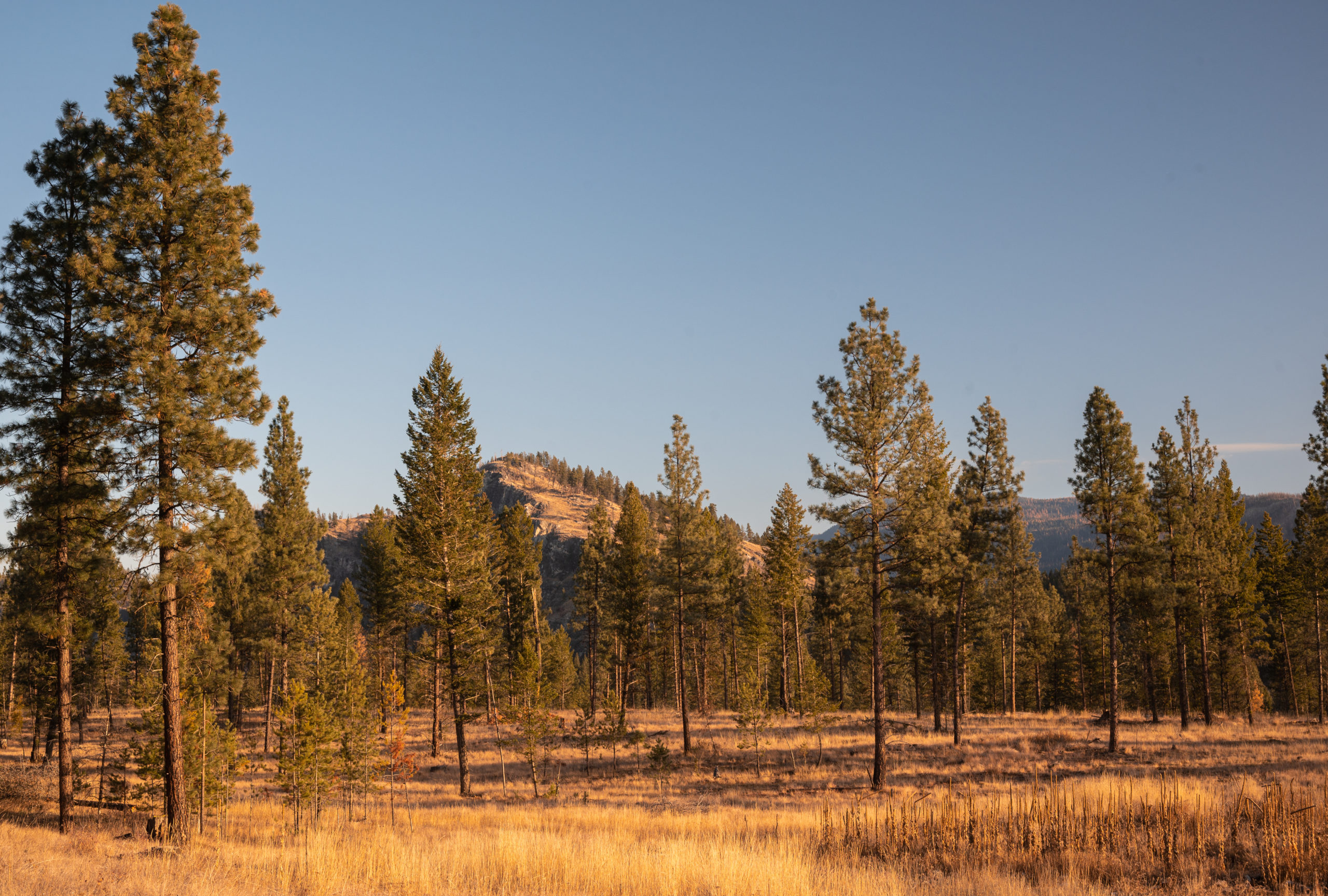The Nature Conservancy of Canada’s (NCC) Kootenay River Conservation Area has become significantly bigger with the acquisition of 637 acres of land south of Canal Flats.
The NCC said that the land encompasses prime grassland and forests that will be added to its conservation efforts in Rocky Mountain Trench. The area holds many species of plants and animals, including bears, many species of birds, badgers, deer elk. It also is home a wide array of plant specimens, such as ponderosa pine, larch and Douglass fir forests and a native bunchgrass savannah.
“What’s great about this low elevation land is that it’s really prime ungulate winter range for elk and deer, as well, it’s home of the endangered American badger,” said Richard Klafki, NCC program director for the Canadian Rockies region. “It’s also been identified as a connectivity corridor for grizzly bears to go from the Rocky Mountains over the Purcell Mountains, across the Kootenay River.”
According to the NCC, it purchased the land from two property owners who were supportive of the conservation efforts in the area. Funding for the purchase was given by the Columbia Basin Trust, the Fish and Wildlife Compensation program and a number of private donations.
After this purchase, Klafki said the protected area is now over 1,000 hectares.
After some delays in their schedule due to COVID-19, the NCC has plenty of work to do on the land.
“We plan on completing a baseline inventory of the property in the summer and develop a property management plan. We’ll be talking to the neighbours and the adjacent ranchers and other groups in the area about what we can work out for access. We’ll probably have an area for parking and people to go out and enjoy nature on the land,” explained Klafki.
To add to the work being done, efforts will be made to cultivate the land to make it more comfortable for different species that call it home.
“We’ll start doing some restoration techniques in there. We’ll actually be creating wildlife trees by inoculating the trees with heart-rot fungus. It’ll hopefully create wildlife trees for nesting cavity species like Lewis’ woodpecker. We’ll also maintain the open grass and open forest structure and hopefully someday work with the province of B.C.’s wildfire branch and do a prescribed burn,” said Klafki.
Klafki added that managing the area with grassland restoration will reduce the impact of wildfires.




